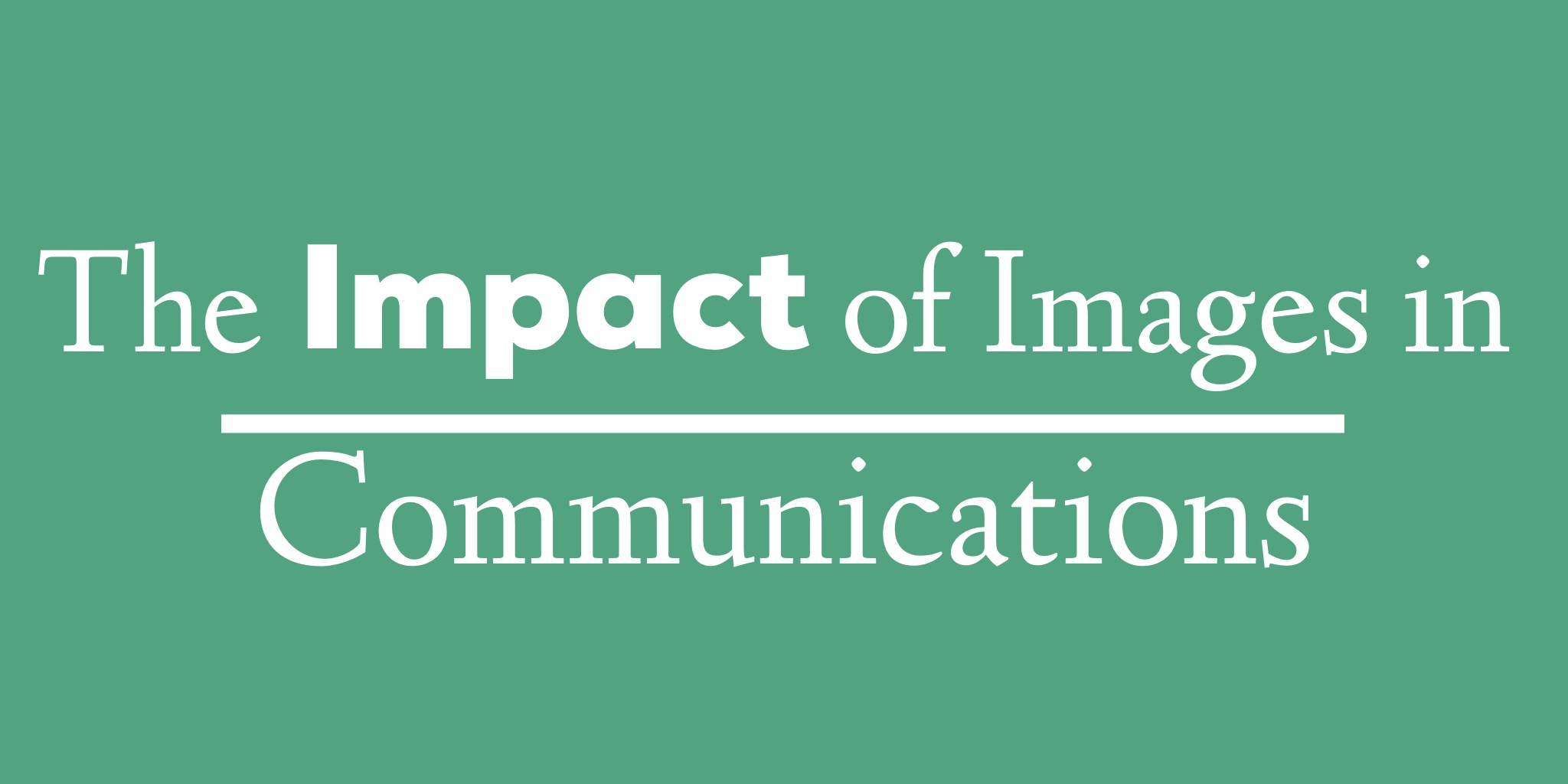
From early Homo sapiens painting with ochre tens of thousands of years ago, to the 21st century where 95 million photos and videos are uploaded to Instagram every day¹; images are an integral part of human communication.
Visual communications can make or break our messaging by drawing attention to both the image and the surrounding area. Images can also incite an emotional response in audiences and promote education, entertainment, persuasion or inspiration.
Research shows online content performs stronger when infused with images. For instance, brands that included images in their Facebook posts earned 87 percent of all engagement². Similarly, tweets with images earned up to 18 percent more clicks, 89 percent more favourites, and 150 percent more retweets³. By using images, we can transform a standard annual report with reams of text to an insightful pictorial representation of our organization’s work and vision.
So, we’ve established that images are good for communication, but is there such a thing as a bad image? Definitely!
We can categorize bad images as irrelevant, low quality, or poorly composed. Images that mislead audiences in their representation of an activity or organization can also be harmful. For example, is that over-posed iStock image truly reflective of your team, office environment, or brand?
 Penguitten by Sarah Deremer may be the exception to a “bad image”
Penguitten by Sarah Deremer may be the exception to a “bad image”
Sometimes it can be tough to decide which images to use and, as communicators, we need to understand the nuances. Our brains bring all sorts of information to our interpretation of images, such as the following visual communication perspectives from Paul Martin Lester 4 (I’ve added notes to show the potential complication of selecting images):
- Personal perspective – Depends on viewer’s thoughts and individual values (more so something to be aware of than to address).
- Historical perspective – Where has the image come from? What meaning does the origin convey to the viewer?
- Technical perspective – Is the image better than reality? Is black and white more powerful than colour?
- Ethical perspective – Why are we showing this image? Do we have permission to use it?
- Cultural perspective – What symbols does it represent? How is the image interpreted?
- Critical perspective – Does this make “sense” to our target audience? Could it be criticized on a societal level? Do we risk criticism or negative attention?
Another aspect of visual communications involves more tactical actions for permissions, attribution, captions and file management.
If you’re not in a position to work with a professional photographer or designer for your project, ensure you pay extra attention to an image’s source and ownership. For instance, Flickr has billions of images available, but most require varying levels of Creative Commons (an alternative to full copyright) attribution.
Also, make sure to cover your bases regarding permissions, especially when dealing with photos of children, event attendees, or employees. Organize talent release forms or include a statement as part of an invitation—there are many different ways to organize permissions efficiently.
Image captions are worthwhile, especially if they help audiences understand your key message. While captions often add time by requiring communicators to research locations, dates or names, they add value and show respectful attention to detail in the right communication channels
The last tactical consideration I want to briefly cover is where to file images. Every communicator, or team of communicators, needs an image system that is managed to avoid duplication or misplaced images. This ensures everyone knows what to use when, and what’s already been used where. It’s not easy, and it’s not award-winning work, but well managed image documentation does support a consistent brand over time.
The key takeaway is that visual communications, which includes videos, graphics, diagrams etc., is becoming a universal language. More and more people have the ability to quickly and easily create, distribute and share these resources like never before. It’s our job as communicators to ensure we’re using images appropriately and genuinely to add value to our work and educate, entertain, persuade or inspire!
Kristy is a communications specialist with experience across private industry, government, charities and start-ups. She adores the Canadian Rockies, eats Vegemite, and likes to ask, “What if?”
Sources
- https://www.instagram.com/press/?hl=en
- http://buzzsumo.com/blog/how-to-massively-boost-your-blog-traffic-with-these-5-awesome-image-stats/
- https://blog.bufferapp.com/the-power-of-twitters-new-expanded-images-and-how-to-make-the-most-of-it
- http://paulmartinlester.info/
This post was originally published on IABC Calgary’s website. Reposted with permission.


